custom framing styles » Italian picture frames
From Etruscan tombs painting to the Renaissance and beyond, Italian artists and artisans have a long history of providing artwork with a decorative border. Much as we do today, Italian framers commonly drew from the current trends in art and architecture for their inspiration. While many early medieval frames copied gothic motifs, the majority of Italian picture frame design has always been rooted in classical Greco-Roman architecture. Regardless of the inspiration, one thing is certain: many early Italians considered a picture frame as a work of art unto itself.
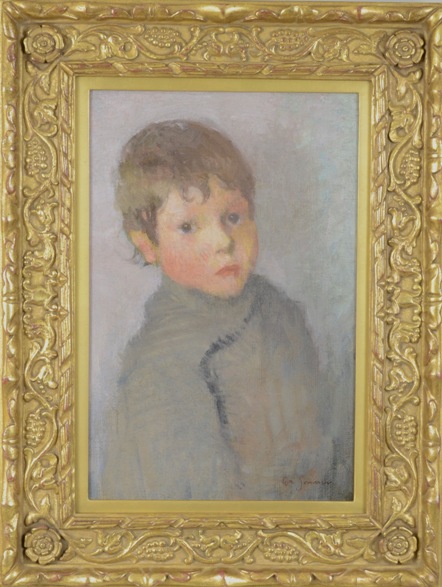
While many early medieval frames copied gothic motifs, the majority of Italian picture frame design has always been rooted in classical Greco-Roman architecture.
One of the earliest examples, the tabernacle frame, was employed as a highly decorative extension of altarpieces and religious images. A typical tabernacle frame was hand carved (often from the same piece or pieces of wood as the panel to be painted), highly detailed, and designed to blend with the architecture and interior design of its home.
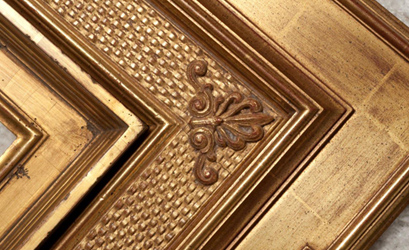
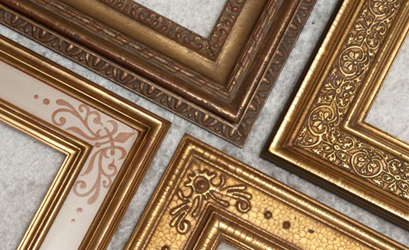
Another style of picture frame that could be found throughout the Italian peninsula was the cassetta frame. Meaning “small box,” the Cassetta Frame highlighted the artwork with a flat panel of gilding between raised edges. Though generally simple in nature, artisans sometimes added carving or raised elements. Primarily used for secular paintings, such as portraits, the cassetta frame was heavily influenced by the classical elements popular in architecture, furniture, and interior design during the Renaissance.Varying cultural influences throughout Italy also produced regional differences in artistic expression, and, therefore, regionally specific styles of picture frames. For instance, the Sansovino frame (named after Italian architect Jacopo Sansovino), popular in Venice through the 17th century, was known for its overlapping and intertwining scrolls and volutes, while the round Tondo frame was associated with Tuscany. Further differences in all of these frame styles were based on the availability of certain types of wood, the skill and opinions of artisans, and the style of the day.
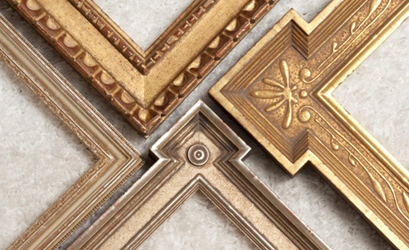
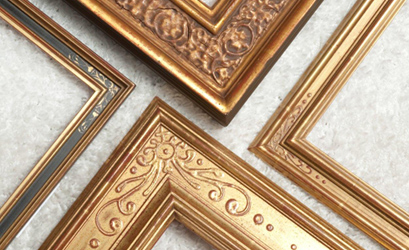
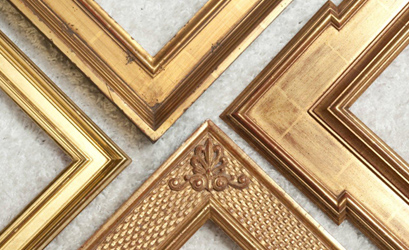

The Baroque period also had a heavy influence on later Italian frame design. The Salvator Rosa frame (later called the Carlo Maratta by British collectors), for instance, was found throughout Italy in the 17th and 18th centuries. Like the cassetta, the Salvator Rosa frame was linear in design, primarily consisting of simple convex and ogee mouldings (making it easy to reproduce). More complex versions, like the one popular in Rome during the 18th century, contained intricately carved sculptural elements throughout the edges, and perhaps the center of the frame. The moulding style was so popular that it was used to reframe the extensive collection of papal artwork in the city during the 1700s. Interestingly, it is similar to some of the Louis XIII frames found in 17th century France, showing that the Baroque style spread throughout much of Europe.
With such a rich history and so many variations, choosing a specific type of Italian frame can be both a fun and educational experience.
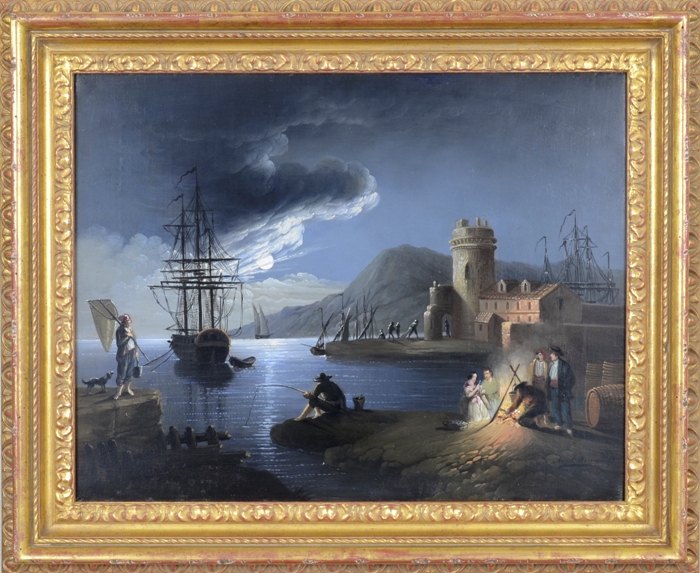
Carlo Maratta frame
Maratta frames were copied by framers all over Europe for over 300 years. Carlo Maratta (13 May 1625 – 15 December 1713) was an Italian painter, active mostly in Rome.
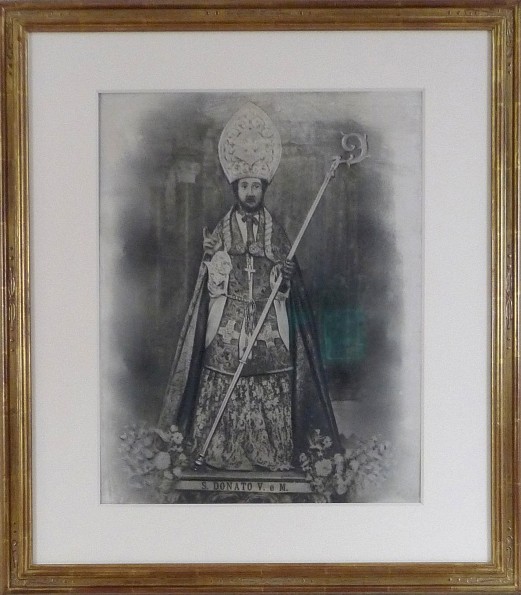
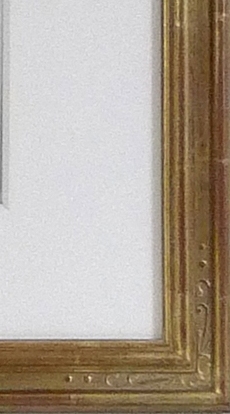
St. Donato, drawing, Italian period gilded frame and frame detail
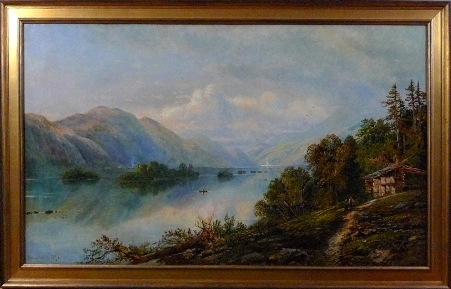
Gordon-Conwell Theological Seminary, Boston collection
Cassetta frame developed during the Early Renaissance
MAIN WEBSITE: https://www.OliverBrothersOnline.com
Oliver Brothers Custom Framing 117 Elliott Street, Beverly, MA 01915 617.536.2323

